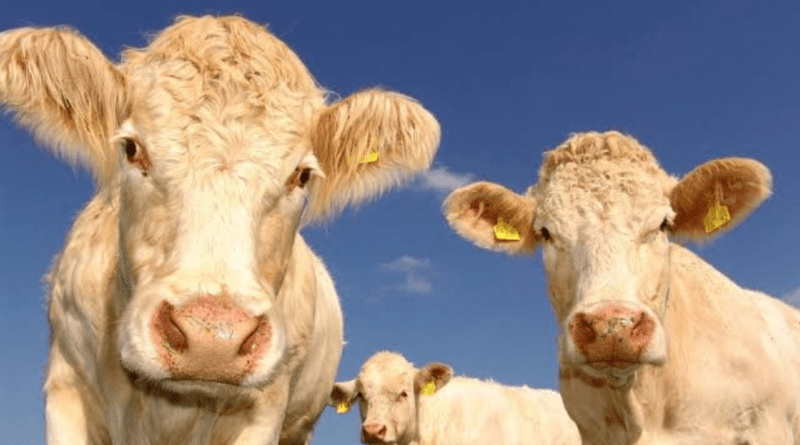In A First: Human Insulin Now Comes From Cows.
Could the new treatment for diabetes be cow’s milk?
In Brazil, scientists have genetically altered a brown cow to produce human insulin in its milk, a significant advancement in the study of diabetes treatment.
This creative accomplishment has the potential to alleviate insulin scarcity and treatment-related financial difficulties while also making diabetes care more widely available and reasonably priced.
The mammary gland Is a machine that Mother Nature created to produce protein as effectively as possible. Lead author of the study, Matt Wheeler, a professor in the University of Illinois Department of Animal Sciences, said in a statement, “We can take advantage of that system to produce a protein that can help hundreds of millions of people worldwide.
The scientists Integrated a proinsulin-producing portion of human DNA into cow embryos using genetic engineering techniques.Scientists at the Universidade de São Paulo and the University of Illinois Urbana-Champaign made sure that the human precursor to insulin would only be active in the mammary tissues of the cows, preventing any insulin from entering the bloodstream and creating only in their milk.
Wheeler said, “Back then, we would just slam DNA in and hope it got expressed where you wanted it to.” These days, we have far greater strategic and targeted options. Because the DNA construct is exclusive to mammary tissue, neither the cow’s blood nor any other tissues contain any human insulin.
It also makes use of the mammary gland’s capacity to produce significant amounts of protein.The researchers only anticipated the genetically altered cow to create proinsulin and then externally purify it into insulin; thus, their discovery that the milk the cow produced once it reached maturity contained both proinsulin and insulin itself was “magical.”But the mammary glands convert the proinsulin on their own into active insulin.“To produce proinsulin, separate it into insulin, and proceed from there was our aim.
However, the cow handled it all by herself. She produces proinsulin roughly three to one physiologically active insulin to one.Wheeler clarified that if a cow could create one gram of insulin per liter of milk and a cow makes 40 to 50 liters per lactation, then researchers are unable to precisely estimate how much insulin would be made during a typical lactation.
With recloning and lactation process optimization, researchers expect to continue honing their technology and build a herd of transgenic cows that could surpass current insulin production rates without requiring sophisticated facilities.




